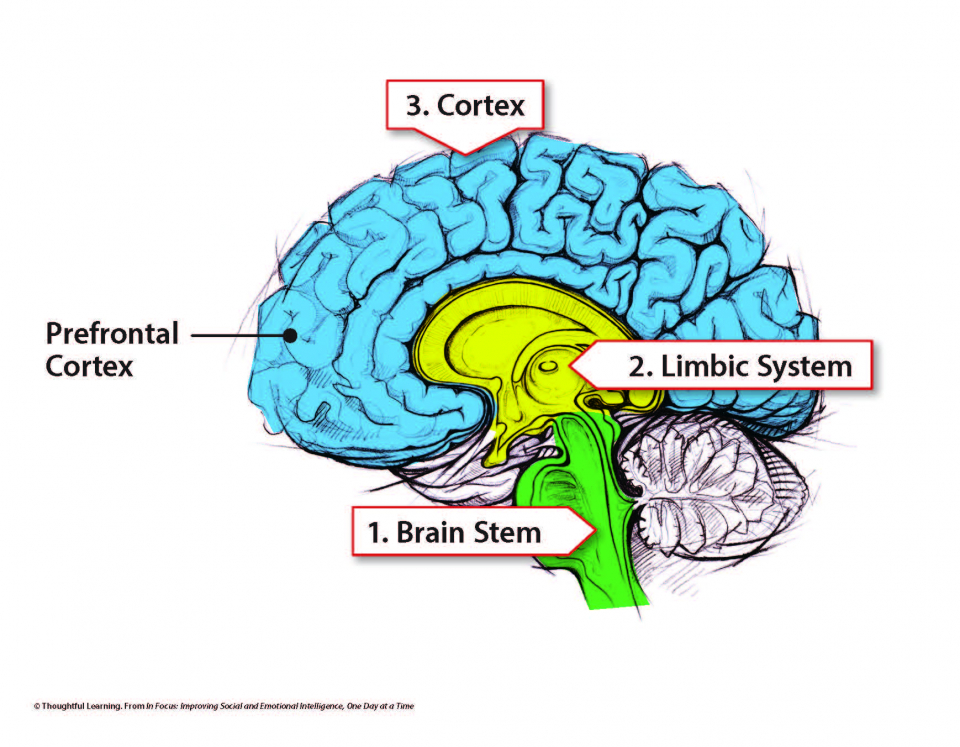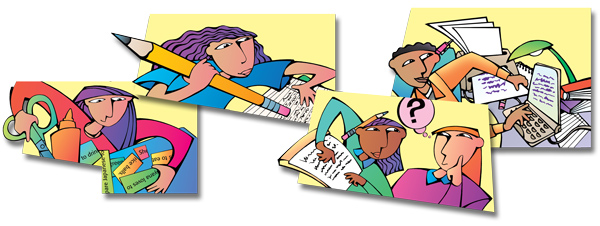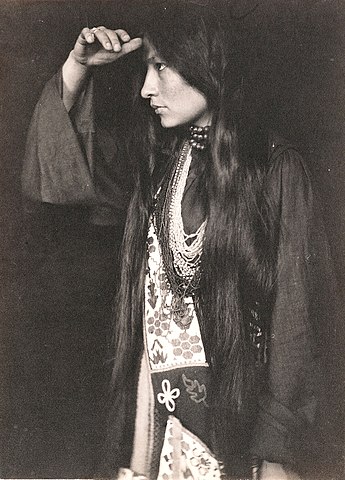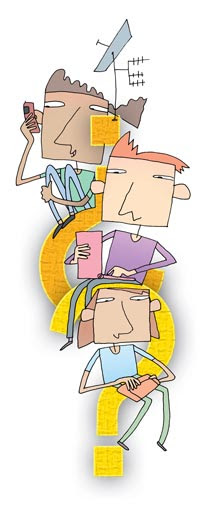Living through a pandemic has placed an enormous mental-health burden on students. Stress and isolation have increased anxiety, depression, and suicidal thoughts among young people.
Even though students are slowly returning to in-person classes, the mental toll of the past year will likely linger for a long time, influencing learning and behavior. How, then, can you best support your students’ social and emotional well-being while also caring for your own?
To start, it is important to recognize what stress does to the brain. With that understanding, you can plan and respond in healthy ways.
How does stress impact a young person’s brain?
Stress triggers a number of brain processes that impact learning and behavior. When students feel scared or threatened, much of their processing and energy drops from the cortex, where thinking and decision-making take place, down to the limbic system, where emotions are produced.









